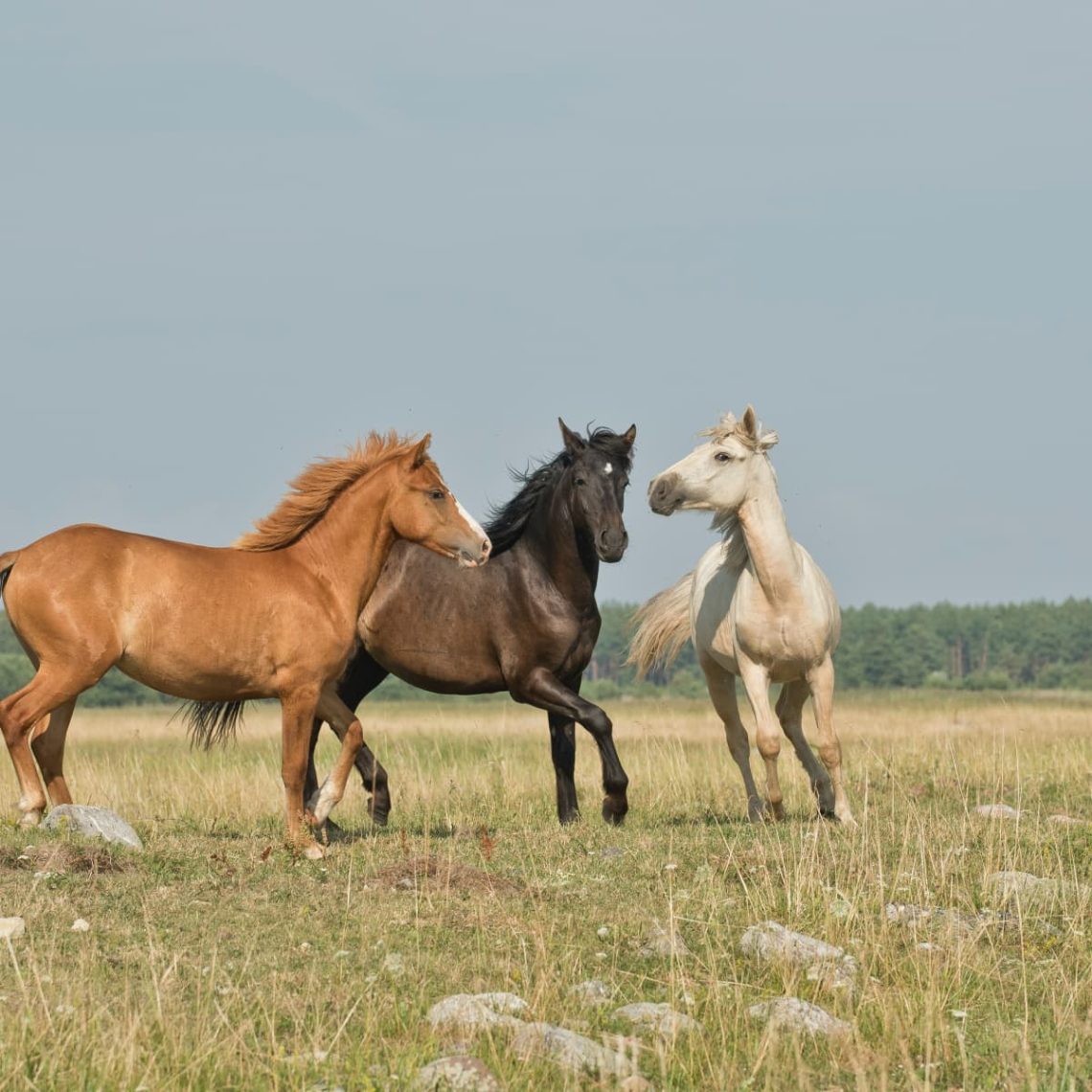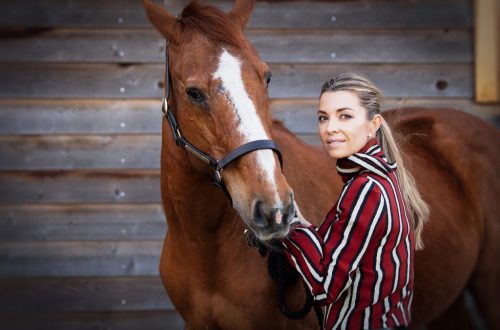
A tall rider and a medium-sized horse: is it worth starting work?
A tall rider and a medium-sized horse: is it worth starting work?
Question: I am a beginner triathlete. I am 1,88 cm tall. Although I seem to be more suited to tall, large horses, I really enjoy the athleticism and handling of some of the smaller horses. But my legs are so long that I find it difficult to use them properly on such horses, especially when my stirrups are lengthened for dressage. Are there ways to use my long legs more effectively?
British triathlete William Fox-Pitt. Height 2,00 meters.
Response. First of all, I want to advise you not to give up on finding a horse that will suit both your height and preferences. Many large horses are just as athletic and comfortable as their smaller counterparts. If your horse suits you size, physical shape and appearance, corresponds to your weight and height, then this will be your advantage in competitions.
Even though dressage judges should be objective, a good first impression can work in your favor. How you and your horse look together matters too. As for the show jumping and cross-country stages, your horse must be strong enough to carry your weight without undue fatigue or injury. In general, it can be said that larger horses can carry a larger rider than miniature ones. So, for example, the ideal horse for me (1,80 cm tall and 77 kg weight) should be about 165 cm at the withers. I probably wouldn’t work with a graceful 155 cm horse, but it would be perfect for my wife, who is 162 cm tall and weighs a lot less than me.
In saying all this, I do not forget that there are exceptions to the rules. Two-time individual Olympic gold medalists Mark Todd and Charisma are excellent examples. Mark is 189 cm and Charisma is only 155 cm.
Tall riders have their advantages and disadvantages. Longer legs and a taller upper body give you more bоMore leverage than average riders. But they also force you to be more careful in the air over the obstacle. If you make a mistake at the wrong time, your weight can drastically affect the horse’s jumping style. Thus, no matter what size horse you choose, you are responsible for your own physical forum and core strength. Watch a video with William Fox-Pitt for inspiration. Experts will never call his two-meter height ideal for a rider, but William is an outstanding triathlete. The way he controls the work of his corps cannot but admire.
The correct use of the legs, both for supporting the upper body and for the correct use of the controls, depends to some extent on the length of the stirrups. It can vary from horse to horse, not necessarily according to their height. Some taller horses may have a flatter chest and body, while some smaller horses may have a broad back and a barrel-shaped, round body that will play nicely with your long legs. In any case, be aware that the body shape of horses changes periodically during their training. So just as you need to make sure the saddle fits your horse as his musculature changes, it’s worth checking the length of the stirrups regularly and adjusting them.
In dressage, the ideal stirrup length should allow you to use your foot from your seat to your heels. I often see riders using too much leg and seat to communicate with their horses and not enough use of the knee and hip. Your stirrups will be the correct length if you can wrap your legs around the sides of the horse while still keeping your knees and hips in contact with the saddle. If your legs go below the line of the horse’s belly, you won’t be able to use the spurs without lifting your heels. This is a great incentive to improve your horse’s leg response! This will take away your ability to deceive (by using too much spur and thus making the horse tighter in the leg) and will have a positive effect on you as a rider.
The ideal length of stirrups for jumping should allow you to easily get into and out of the semi-saddle position. If you find it difficult to leave the saddle, your stirrups are too long. If you find it difficult to maintain a half-stance without leaning back, your stirrups are too short. Regardless of the size of the horse you’re riding, the right stirrup length will help you maximize balance and upper body control.
The ideal horse, made to order, most likely does not exist. But try to find a partner who has the maximum set of advantages you need. With the right length of stirrups, your good physical condition, and a strong core, you will be able to successfully ride a wide variety of horses.
John Holling (source); translation Valeria Smirnova.





